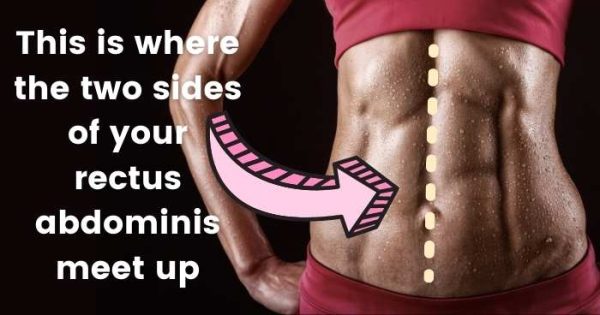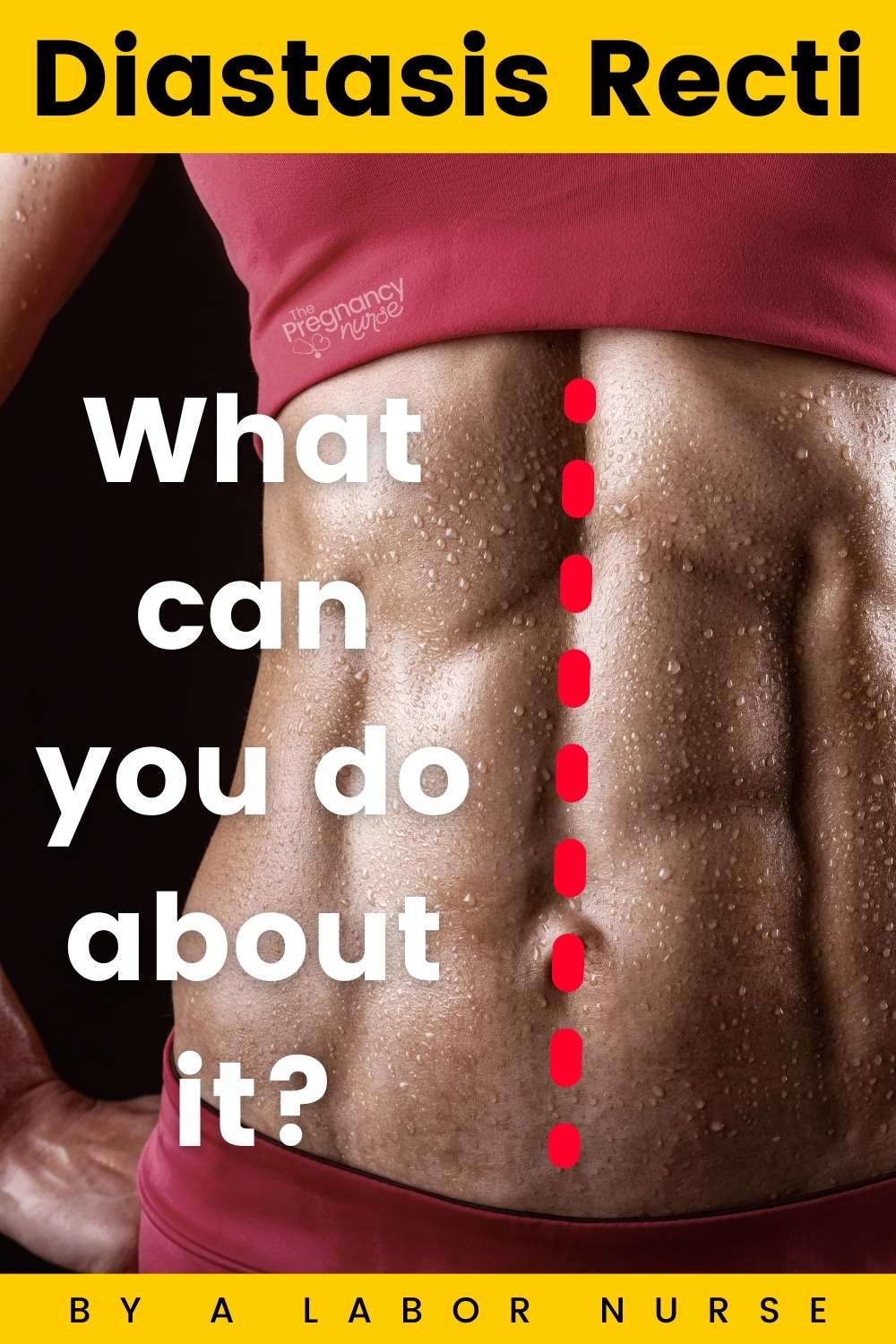📣 YOU are clearly getting prepared for pregnancy, birth & beyond — but do you wish your partner was more involved (looking for a teammate rather than just a cheerleader)? Couples love THIS! 💛🧡💚
If you’re pregnant, then you may be experiencing some pain in the area of your bellybutton. This is often due to a condition called diastasis recti. While it’s not always painful, it can be uncomfortable, and it’s important to know how to deal with it. In this post, we’ll discuss what diastasis recti is, what causes it, and how you can treat the pain. We’ll also offer some tips for preventing diastasis recti from occurring in the first place. So if you’re dealing with this issue, keep reading!
What is diastasis recti pain during pregnancy and what are the symptoms?
Diastasis recti is a condition that can occur during pregnancy. It’s caused by the stretching of the connective tissue that separates the two sides of your rectus abdominis muscle (the “six-pack” muscle). This can happen as your belly grows to accommodate your growing baby. The result is a gap between the muscles, which can range from 1 to 2 inches in width.

While diastasis recti is usually painless, some women do experience discomfort or pain in the area around their bellybutton. This is most likely to occur during the second and third trimesters, as the baby grows larger and puts more pressure on the muscles and connective tissue.
These muscles aren’t really connected to each other. Just normally the tension on them keeps them together. However, in pregnancy you’re often protruding a belly between these muscles.
It is estimated that about 2/3 of pregnant women get this at some point during their pregnancy, so it is VERY common (although more problematic in some women than others).
What will I feel with diastasis recti?
Some people feel nothing.
Some may just have a harder time getting up from laying down or when they use their stomach muscles
Some people may feel a “separation” sensation between the two muscles.
Some people feel a sharp pain between the two (but this could also be a hernia, so be mindful).
Most people see an odd gap between those muscles with a baby poking through, it can be disconcerting.
BTW, if you’re feeling like there’s SO much to know about pregnancy, check out this course. It starts even with 3rd trimester prep — so it’s perfect for you!
Causes of diastasis recti pain during pregnancy
As we mentioned, diastasis recti is caused by the stretching of the connective tissue that separates the two sides of your rectus abdominis muscle. This can happen for a number of reasons, including:
- The growing size of your baby
- The increased levels of the hormone relaxin during pregnancy, which loosens the joints and ligaments in your body
- Weakness in the connective tissue due to previous pregnancies
- Carrying extra weight around your middle
I know it can seem like you’re doing something wrong to cause this, but a lot of it is due to your abdomen, and how it is shaped prior to pregnancy (even when you’re born). Then, how your baby sits in your womb, and how your uterus grows during your pregnancy.
Much of it is just a “luck” game, nothing you did to cause it.
How is diastasis recti pain during pregnancy treated?
In most cases, diastasis recti pain during pregnancy will go away on its own after you give birth. However, there are some things you can do to help relieve the discomfort in the meantime.
Some simple at-home treatments include:
- Wearing a supportive band or wrap around your middle
- Doing pelvic floor exercises to help strengthen the muscles in the area
- Avoiding activities that put strain on your abdominal muscles, such as sit-ups, crunches, and heavy lifting
If these treatments don’t seem to be helping, or if the pain is severe, you should talk to your doctor. They might recommend physical therapy, or some exercises you can try first to make it better.
How can I prevent diastasis recti pain during pregnancy?
Like I said, a lot of this just depends on how your body/baby are shaped, but there are a few things you might be able to do to help:
- Maintaining good posture
- Avoiding activities that put strain on your abdominal muscles
- Doing pelvic floor exercises regularly
- Wearing a supportive band or wrap around your middle (this can backfire making your abs more lazy — but if you’re in a lot of pain it can be an option).
What should you do if experience diastasis recti pain during pregnancy?
If you’re experiencing pain in the area around your bellybutton, it’s important to talk to your doctor. They can determine whether or not you have diastasis recti and recommend the best course of treatment.
It could also actually be a hernia…. so definitely talk to your doctor at your next appointment (earlier if the pain is severe) to make sure exactly what they think it is.
What should I do about diastasis recti after I have my baby?
The reality is that your belly will keep growing and protuding between these muscles during pregnancy, so after you have the baby is a great time to build back up those muscles, and bring them back together.
Once you’ve had your baby, the pain from diastasis recti should go away on its own. However, you may still have a gap between your abdominal muscles.
If you want to close the gap, there are a few things you can do. You can try:
-Exercises that target the transverse abdominis muscle
You should ease into these exercises, and check with your provider before jumping into doing these. They will probably recommend “easing” into it — rather than a huge ab workout as soon as you feel “ready”.
-A belly wrap or binder or a girdle
As I said before this is only good if it’s causing you a great deal of pain, but most likely you need to work these muscles MORE not less. However, if you’re in a lot of pain from it this can help (but I’d be working with a physical therapist to help if I was using these).
You can also talk to your doctor about surgery, although this is usually only recommended if you have a significant amount of tissue protruding from the gap or if you’re experiencing chronic pain.
So, that’s one of the less fun parts of pregnancy explained. If you want to learn more about your pregnancy and delivery from a trusted source, check out The Online Prenatal Class for Couples where we prepare you for a confident, collaborative hospital delivery in just a few hours.
The reviews are amazing.
Want to do a vibe check before diving into the whole thing with me? — check out my free labor pro tips. It’s your first step toward getting in the driver’s seat of your birth.




 At Home Ultrasound Machine for Pregnancy
At Home Ultrasound Machine for Pregnancy
